Usability testing is a type of qualitative research applied to websites, applications, e-commerce, digital platforms, or physical products.
In this type of research, we recruit people who represent the target audience of a product, plan tasks for them to perform, and then track and measure how they perform these tasks.
Ideally, usability testing should be applied continuously.
Since we know that day-to-day realities can prevent this continuous monitoring, a usability test can be applied at 4 stages of a product’s development:
The sooner we apply testing to a product, the more we can improve it.
There are four types of usability testing:
Generally, the more user interaction we have, the more insights and information we can gain.
According to a 1993 study by Jakob Nielsen, a usability test should ideally have five users of each profile. With this number, it is possible to discover at least 85% of a product’s usability problems. Beyond this number of participants, the cost-benefit of the project is not so interesting.
Nielsen argues that we learn as we test with each user. In the first test, we have an overview of the product; in the second test, we will already have common points with the first test, and so on. By the fifth test, we already have a broad view of all the necessary improvements.
Generally speaking, a usability test is basically composed of 6 stages:
Check out the opinion of our partners

The whole process carried out by Tuia is very well structured and brings us very significant results. I rate it as a good experience. The suggestions for change and improvement that are sent to us in the report through the analysis of the user responses are always considered in our refinement meetings.

Allan Bastos Bomfim
Product Design | Martins
In this webinar, we will talk about the process of adapting Usability Testing to the remote form.